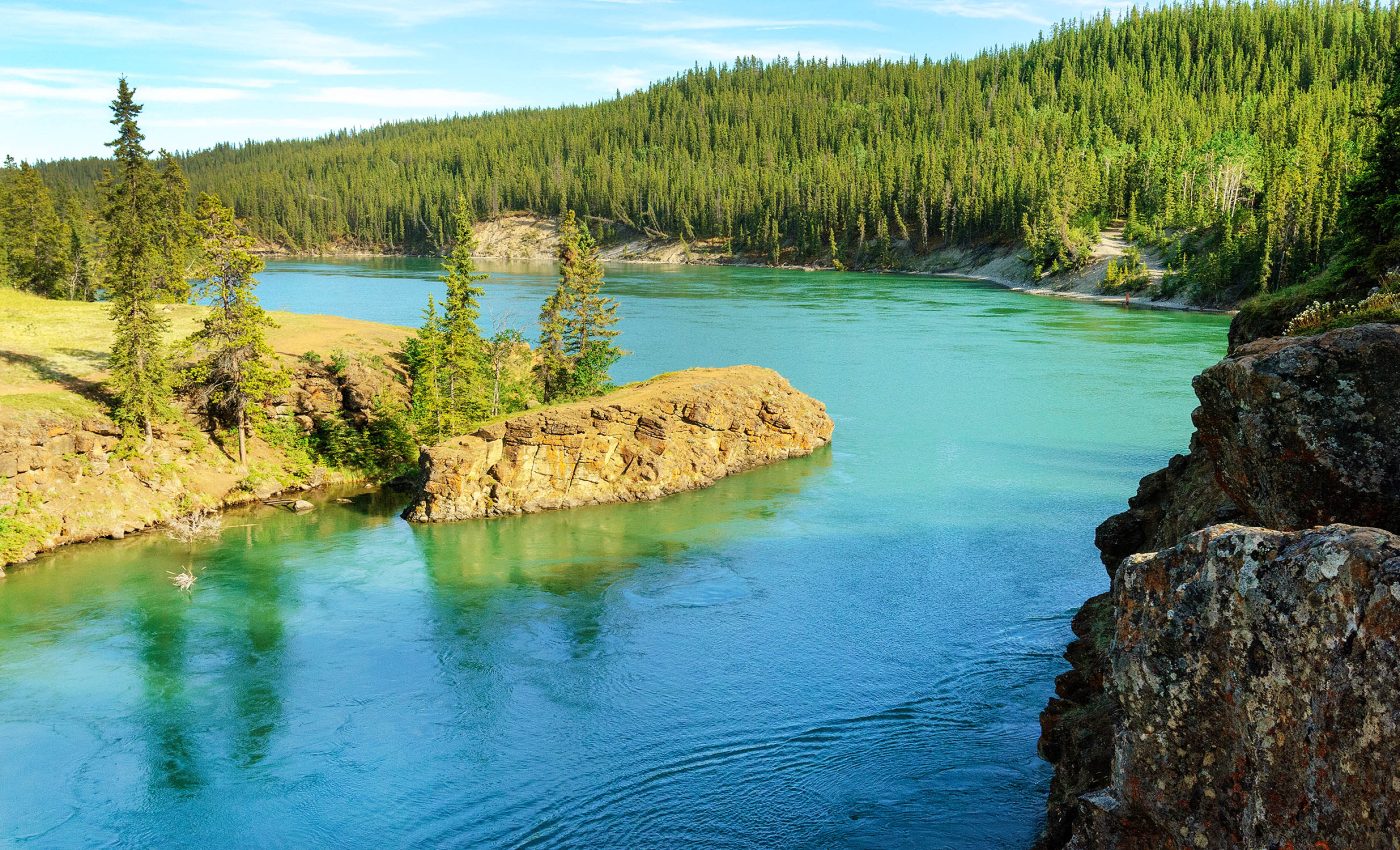
'Mercury bomb' close to exploding, threatens millions of lives
The Yukon River, winding its way westward across Alaska toward the Bering Sea, carves through Arctic permafrost along its banks, carrying sediment downstream. Hidden within this sediment is an abundance of toxic mercury, which experts are now referring to as a potential “mercury bomb.”
As the Arctic continues to warm due to climate change – at rates up to four times faster than global average – mercury that has been locked in permafrost for millennia is being eroded by rivers and released into the environment.
In a study published in the journal Environmental Research Letters, researchers from USC Dornsife College of Letters Arts and Sciences have developed a more accurate method to measure the amount of mercury released from permafrost by rivers and estimate the total mercury still awaiting release.
Ticking mercury bomb
This toxic metal poses a significant environmental and health risk to roughly five million people living in the Arctic region, more than three million of whom reside in areas where permafrost is expected to completely disappear by 2050.
“There could be this giant mercury bomb in the Arctic waiting to explode,” warned study co-author Josh West, a professor of earth sciences and environmental studies at USC Dornsife.
Mercury accumulation in the Arctic
The planet’s natural atmospheric circulation tends to funnel pollutants toward high latitudes, leading to mercury accumulation in the Arctic.
“Because of the way it behaves chemically, a lot of mercury pollution ends up in the Arctic. Permafrost has accumulated so much mercury that it could dwarf the amount in the oceans, soils, atmosphere, and biosphere combined,” said West.
In the Arctic, plants absorb mercury, which eventually becomes part of the soil as the plants die and decay. Over thousands of years, this mercury-laden soil freezes into permafrost, where mercury concentrations build up. As climate change accelerates the thawing of permafrost, more of this mercury is being released into the environment.
Focus of the research
The researchers focused their study on two northern villages in Alaska’s Yukon River Basin: Beaver, located about 100 miles north of Fairbanks, and Huslia, 250 miles west of Beaver.
Previous methods for estimating mercury levels relied on core samples taken from the top three meters (about 10 feet) of permafrost. However, these estimates varied significantly – by up to fourfold – due to the shallow sampling depth.
To improve accuracy, the experts analyzed mercury in sediments from riverbanks and sandbars, which allowed them to access deeper soil layers.
“The river can quickly mobilize large amounts of sediment containing mercury,” explained Isabel Smith, a doctoral candidate at USC Dornsife and the study’s corresponding author.
Confirming the mercury bomb
The researchers found that mercury levels in these sediments were consistent with the higher estimates from previous studies, confirming that sediment samples are a reliable measure of mercury content. This method also provided deeper insight into the hidden dangers within permafrost.
Additionally, the team used satellite-based remote sensing data to monitor the changing course of the Yukon River over time. Such natural shifts in the river’s path are crucial, since they influence how much mercury-laden sediment is eroded from riverbanks and deposited along sandbars. Understanding these dynamic changes is essential for predicting the movement of mercury in the environment.
Interestingly, the study revealed that finer-grained sediments contained more mercury than coarser ones, indicating that certain soil types may pose greater risks.
“Taking into account all of these factors should give us a more accurate estimate of the total mercury that could be released as permafrost continues to melt over the next few decades,” Smith said.
Human exposure to mercury
While the mercury released from melting permafrost does not currently pose an immediate toxic threat, its effects accumulate over time, particularly as mercury builds up in the food chain through fish and game that humans consume.
West points out that the risk of mercury contamination through drinking water is minimal. “We’re not facing a situation like Flint, Michigan,” he said. “Most human exposure to mercury comes through diet.”
The researchers also highlighted that while the river erodes banks and mobilizes mercury-laden sediments, it also redeposits some of these sediments on sandbars and beaches along the banks.
“There’s another layer of complexity here,” West added. “The rivers are reburying a considerable amount of the mercury. To really get a handle on how much of a threat the mercury poses, we have to understand both the erosion and reburial processes.”
Despite these complexities, the long-term effects could be severe, especially for Arctic communities that rely heavily on hunting and fishing for their sustenance.
“Decades of exposure, especially with increasing levels as more mercury is released, could take a huge toll on the environment and the health of those living in these areas,” Smith warned.
Mitigating the impact of the mercury bomb
The researchers hope that the tools and methods they’ve developed will enable a more precise assessment of this “mercury bomb,” with the ultimate goal of mitigating its potential impact.
“Since the magnitude of calculated fluxes are significant at the scale of the Yukon river bank, our findings suggest that accounting for river migration rates, at least on shorter time scales, is critical for assessing changes to mercury transport in Arctic rivers,” the authors concluded.
Video Credit: USC Dornsife College of Letters, Arts and Sciences
—–
Like what you read? Subscribe to our newsletter for engaging articles, exclusive content, and the latest updates.
Check us out on EarthSnap, a free app brought to you by Eric Ralls and Earth.com.
—–













